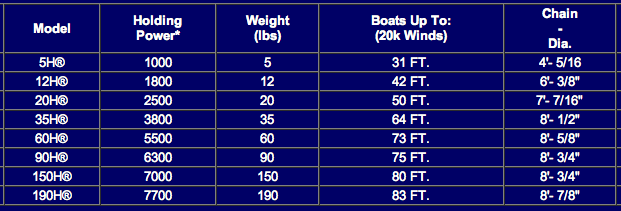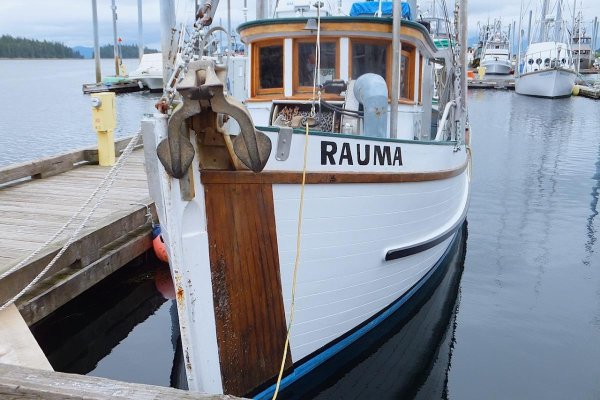MYTraveler
Guru
So, overall...the catenary IS a really important factor in staying put I would say.
I would add that all-chain and more rode are the two best ways to increase catenary. There is, however, diminishing utility to rode and a point (where the force necessary to life the anchor end of the chain) where extra rode has no catenary value (although, apropos of a comment above, it will diminish jerk). I tried to calculate this years ago using both calculus and modeling. I think I got the answer right since both approaches gave the same result. As I recall, 7 to 1 was overkill, but I don't think the break point was a lot less (although a downward-slopping sea floor does argue for greater scope).





